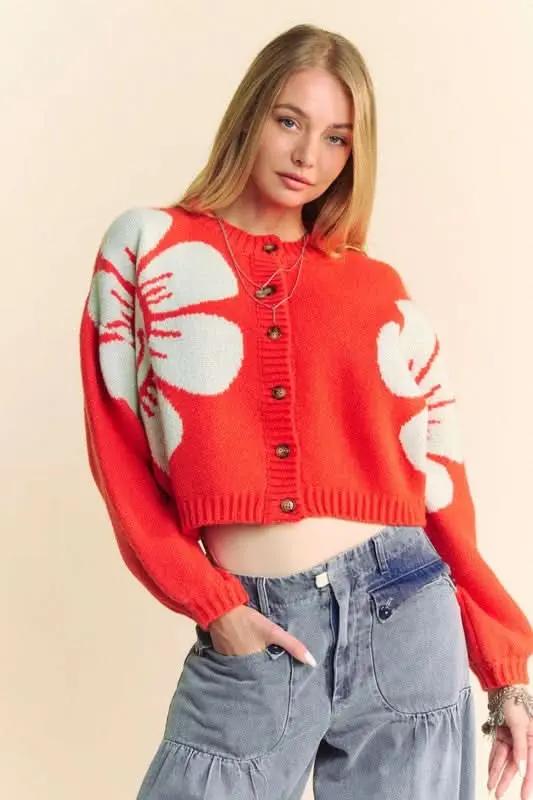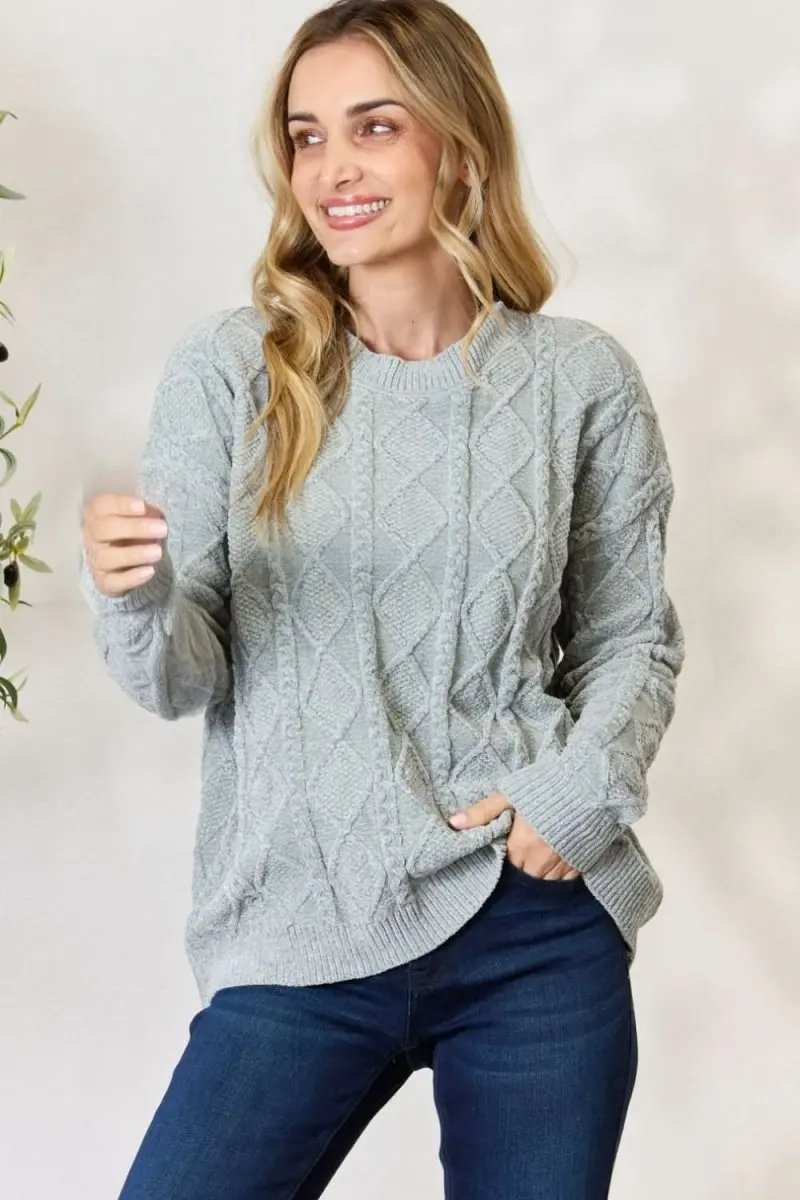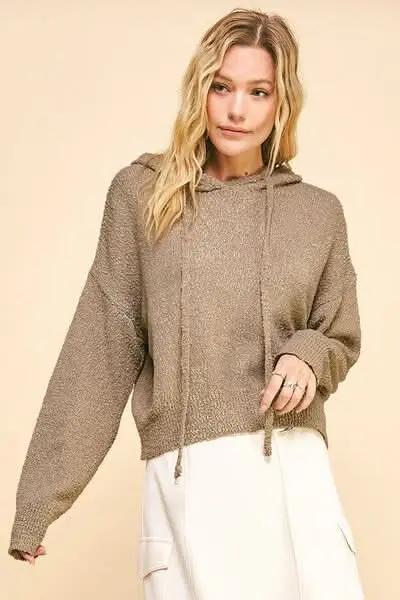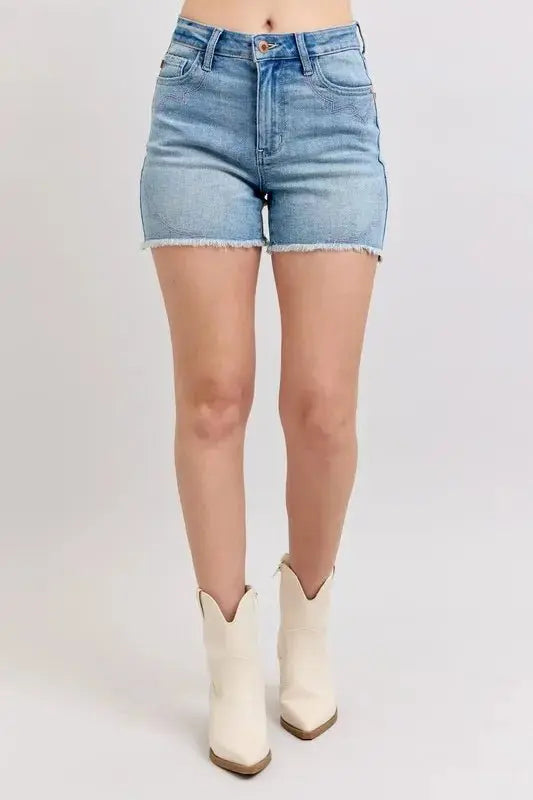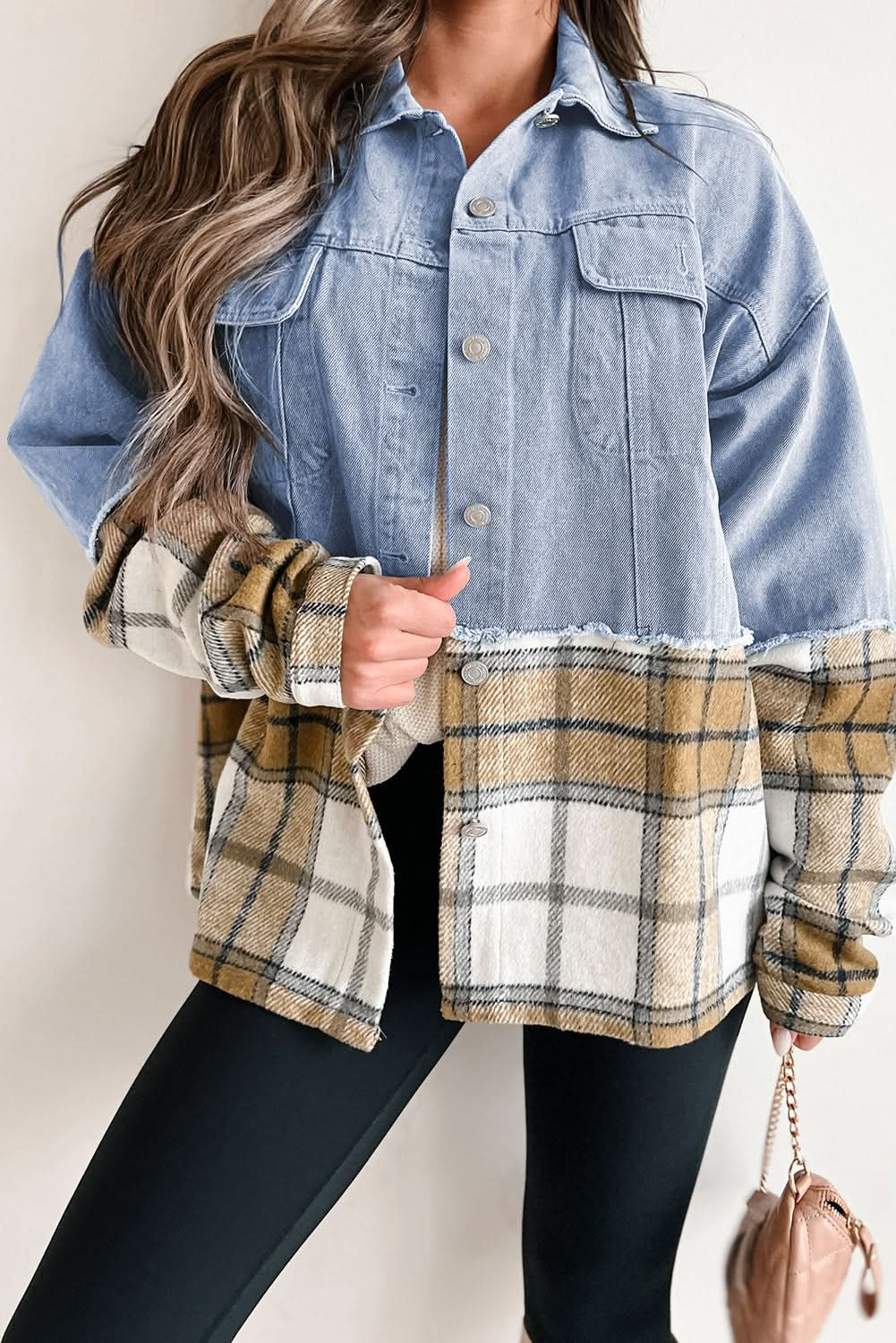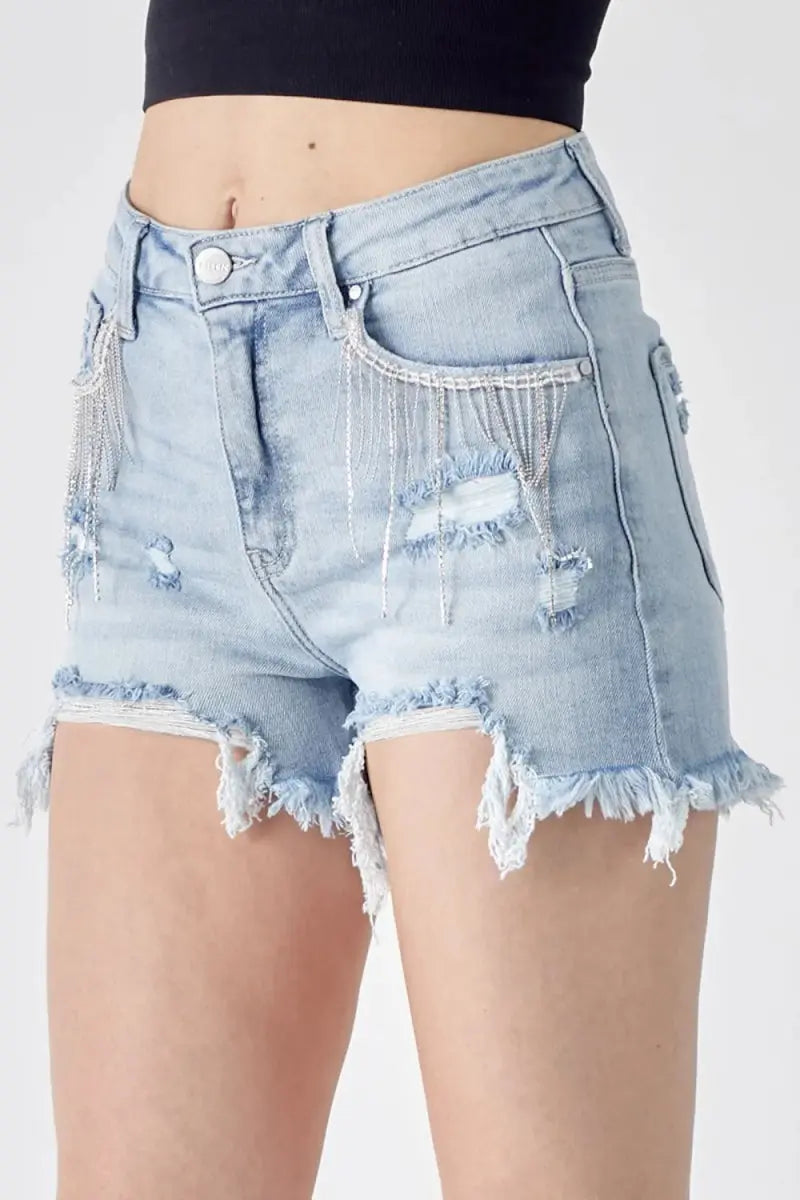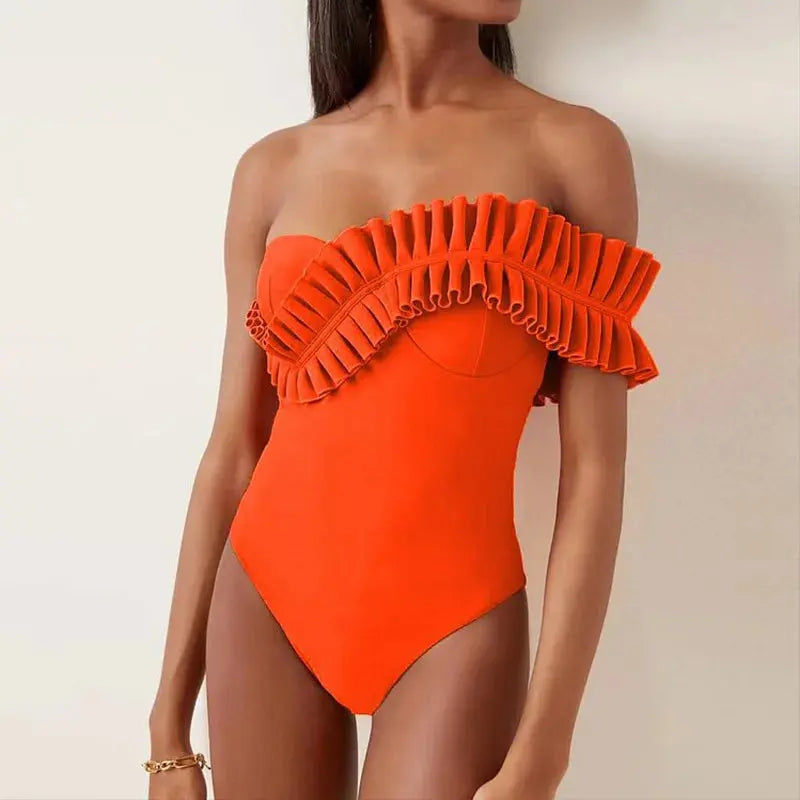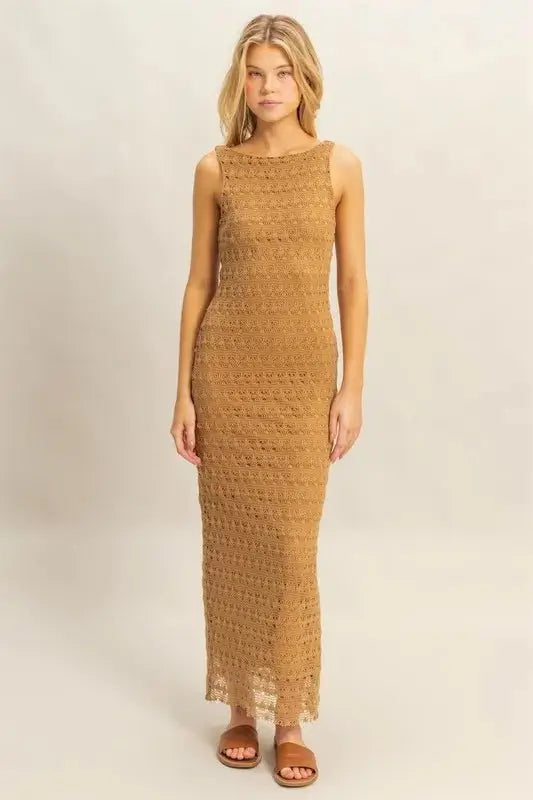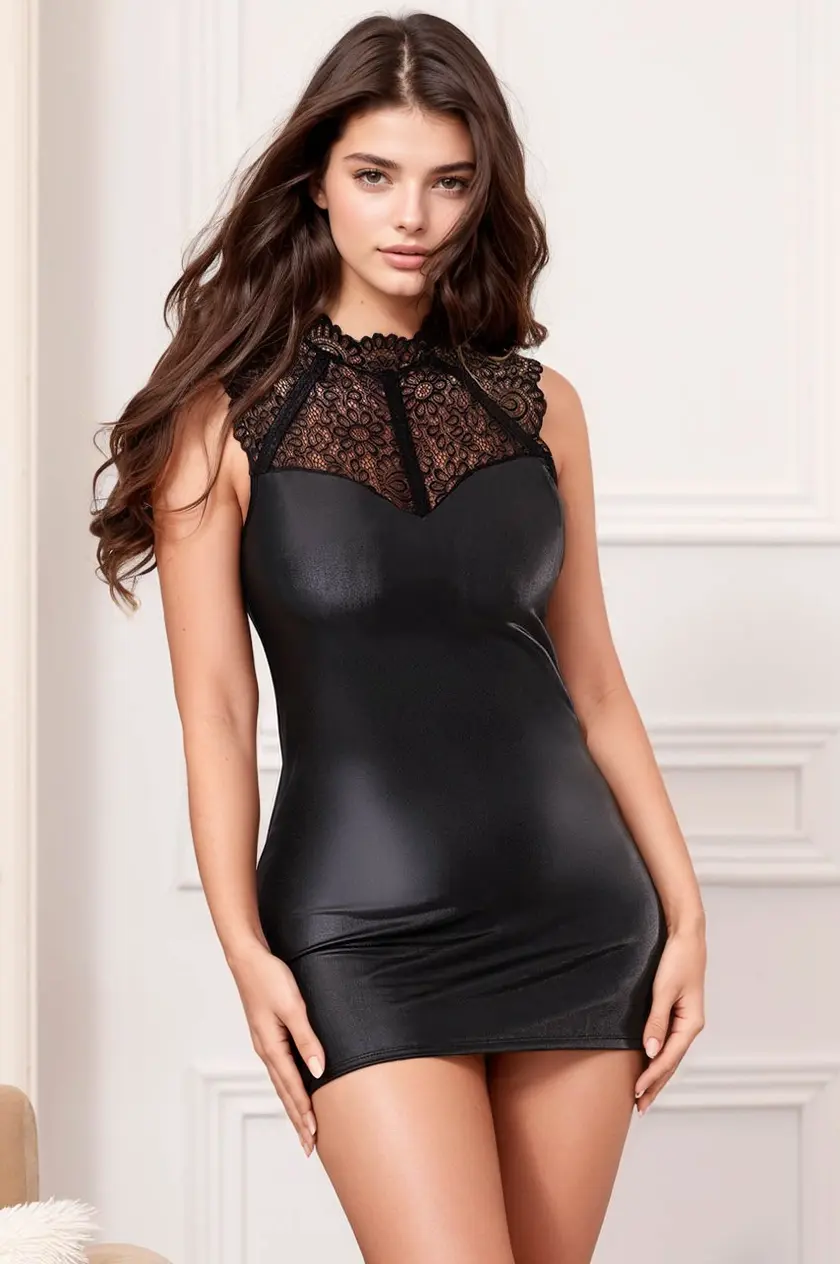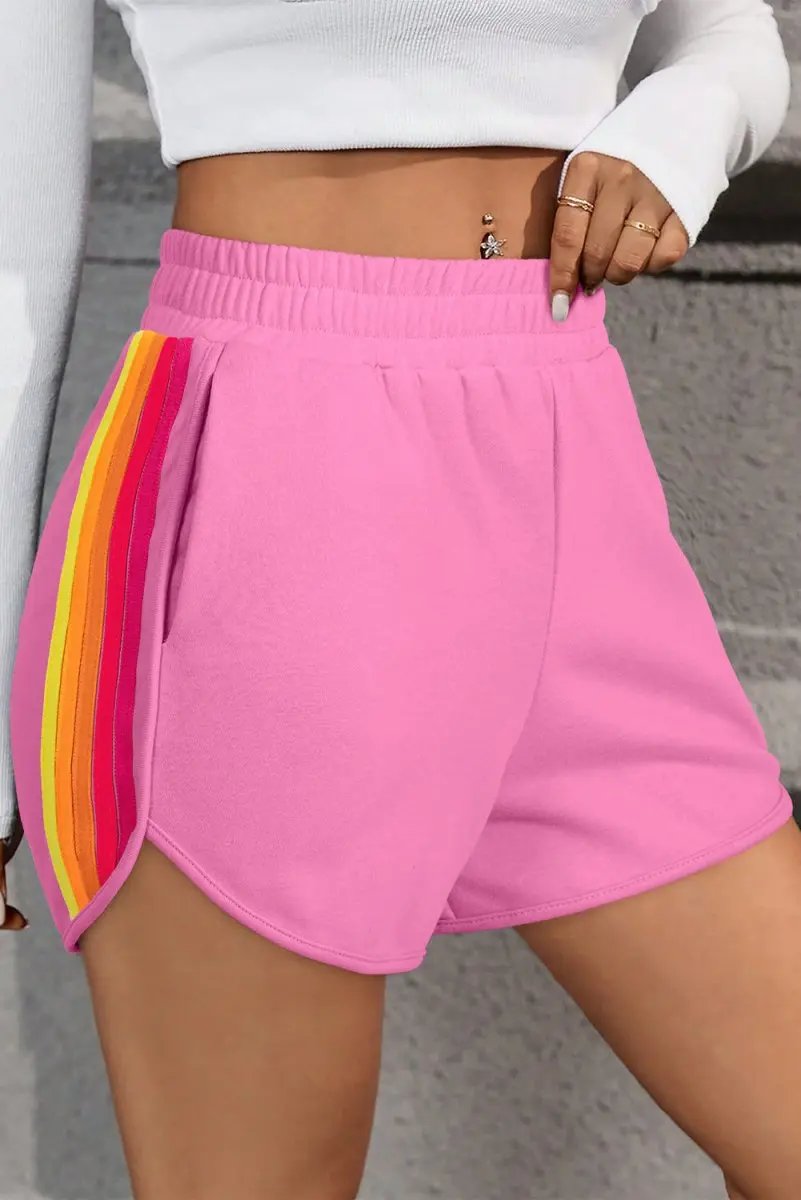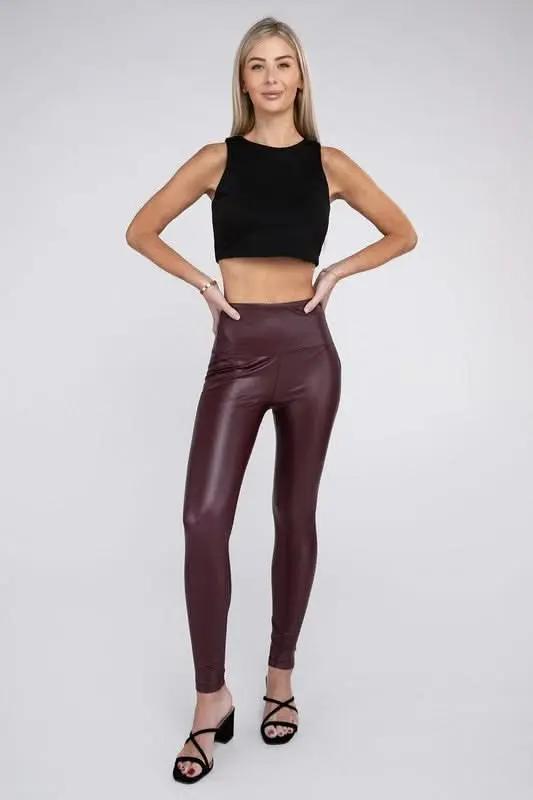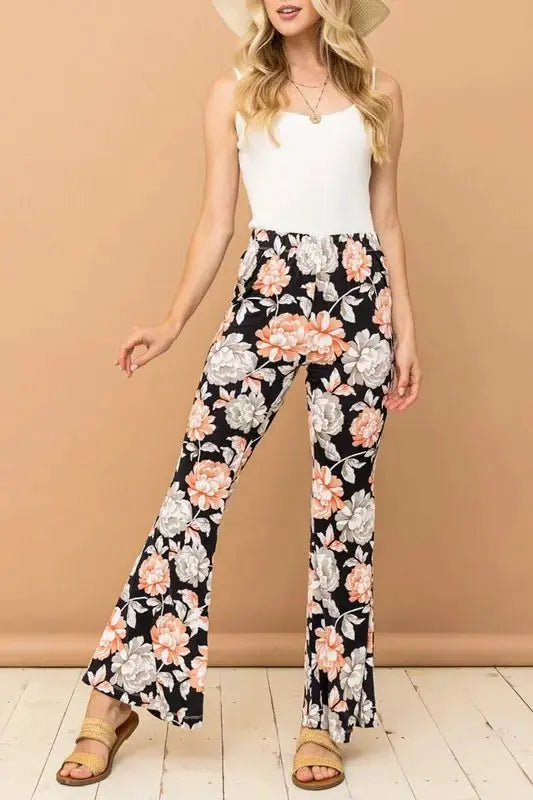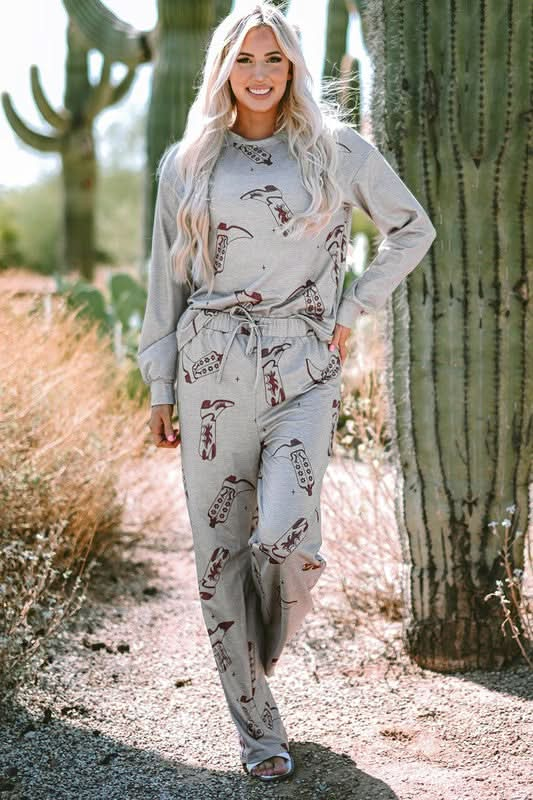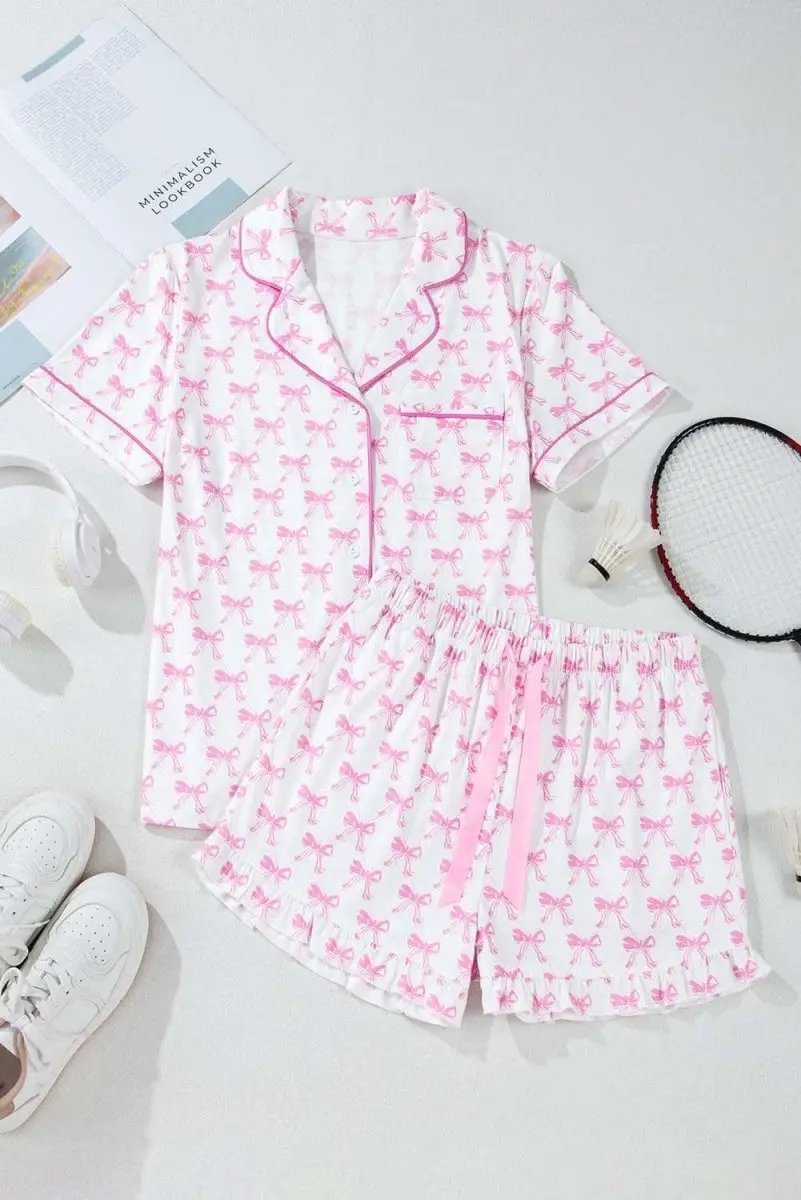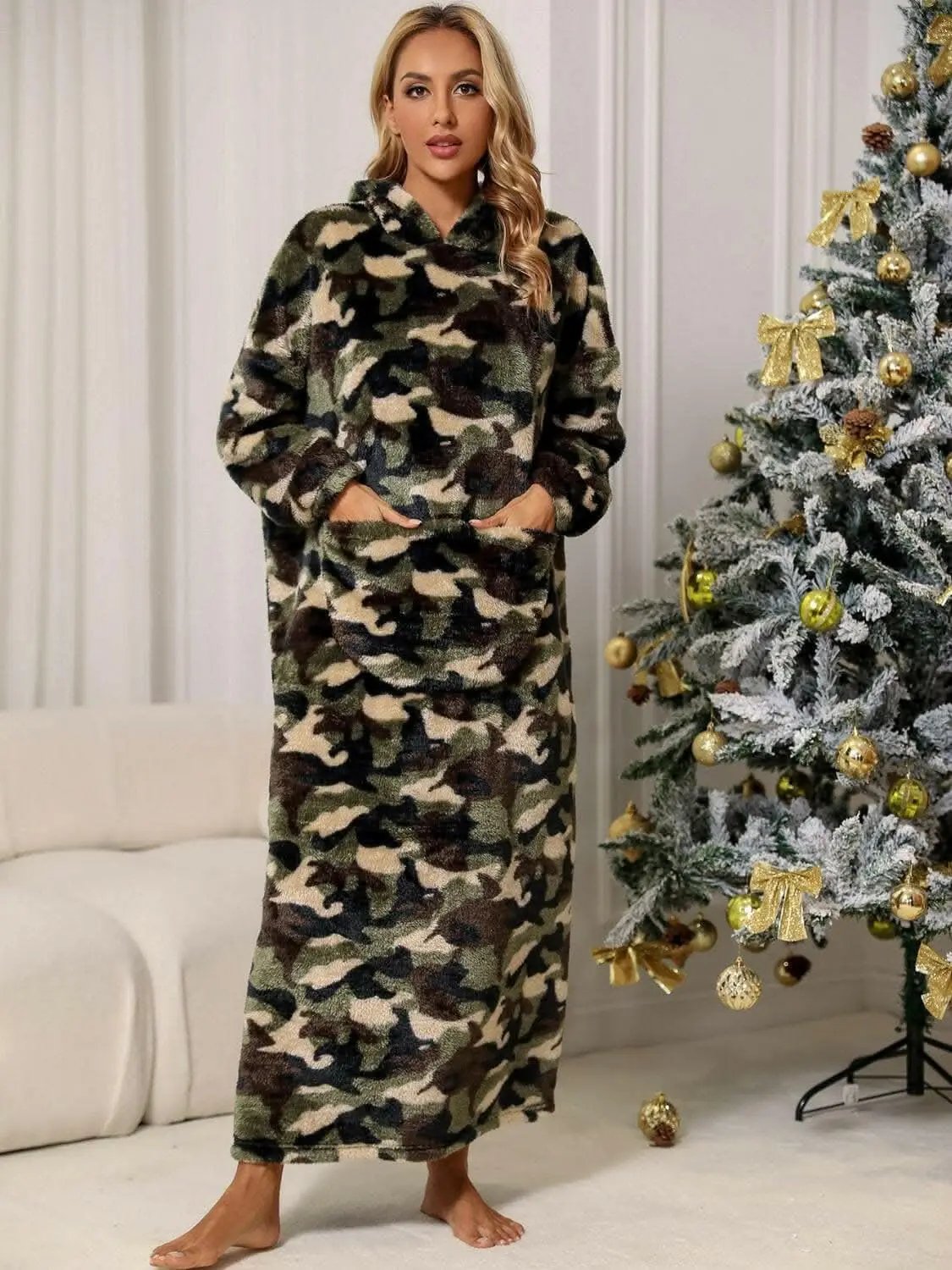Introduction
In 2025, the fashion industry is witnessing a transformative shift driven by a commitment to sustainability and inclusivity. Among the most notable developments is how sustainable fabrics are redefining plus-size fashion, ensuring that clothing for larger bodies aligns with environmental values without sacrificing style, comfort, or confidence. This comprehensive article delves into the latest innovations, emerging trends, and the pivotal role that eco-friendly fabrics play in shaping the future of plus-size apparel. With an increasingly conscious consumer base, brands are innovating extensively to meet demand, making this a crucial era for fashion evolution.
The Significance of Sustainability in Plus-Size Fashion
Sustainability in fashion is no longer optional — it’s a fundamental necessity. For plus-size fashion, this urgency is amplified because larger garments consume more fabric and resources, and the industry has historically faced criticism for wastefulness and lack of inclusivity. In 2025, sustainability intersects with body positivity, offering a holistic approach that values environmental health and self-expression alike. Consumers are more aware of their environmental footprint, demanding transparency and eco-consciousness from brands. This has catalyzed innovations in fabric production and garment design, with sustainable fabrics at the forefront of this movement.
Key Sustainable Fabrics Shaping Plus-Size Fashion in 2025
The fabric choices for plus-size fashion are expanding, emphasizing eco-friendly, durable, and breathable materials. Here are some of the most influential fabrics this year:
- Organic Cotton: Cultivated without synthetic chemicals or pesticides, organic cotton provides softness and breathability. Plus, it has a lower water footprint compared to conventional cotton, aligning with environmentally responsible manufacturing.
- Recycled Polyester: Made from post-consumer plastic waste such as bottles and fishing nets, recycled polyester reduces landfill burden and ocean pollution. It’s highly durable, stretchy, and versatile, ideal for plus-size activewear and casual styles.
- Tencel (Lyocell): Derived from sustainably harvested eucalyptus trees, Tencel is biodegradable, moisture-wicking, and gentle on skin. Its versatility makes it perfect for a wide range of plus-size fashion items from blouses to dresses.
- Linen: gathered from flax plants, linen is a natural, biodegradable, and breathable fabric that gets better with every wash. Fashion brands are increasingly incorporating linen for sustainable plus-size collections, especially in warm weather wear.
- Bamboo Fabric: Known for its softness and antimicrobial properties, bamboo fabric is a sustainable choice cultivated with minimal chemicals and water, suitable for eco-friendly plus-size loungewear and essentials.
Innovations in Sustainable Fabric Technologies
The rapid pace of technological advancements is fostering new ways to produce sustainable fabrics with enhanced performance. Some emerging innovations making waves include:
- Zero-Waste Textile Engineering: Advanced pattern-cutting techniques that optimize fabric use and diminish waste, often combined with sustainable fabrics for eco-conscious designs.
- Bio-Based Fibers: Development of fibers derived from renewable biological sources, such as mushroom mycelium or seaweed, offering biodegradable options that don’t compromise durability or style.
- Conductive and Smart Textiles: Integrating sustainability with functionality, such textiles enable wearable technology while reducing environmental impact during manufacturing.
- Waterless Dyeing Techniques: Eco-friendly dyeing processes that eliminate or drastically reduce water use, enabling vibrant colors and patterns on sustainable fabrics.
- Recyclable and Modular Fabrics: Fabrics designed explicitly for disassembly and recycling, prolonging material life and creating a closed-loop production cycle.
Design Trends and Consumer Preferences in 2025
The availability of sustainable fabrics has directly influenced the aesthetic and functional aspects of plus-size fashion, leading to new trends that resonate with modern consumers:
- Inclusive and Adaptive Styles: Designs with adjustable features, inclusive sizing, and adaptive elements like easy closures and ergonomic fits—often crafted from sustainable, stretch-infused fabrics—promoting comfort and confidence.
- Elevated Casualwear: Sustainable fabrics are being used in versatile, relaxed pieces such as oversized shirts, joggers, and dresses that blend comfort with style for everyday wear.
- Vibrant Natural Colors and Prints: Natural dyeing processes facilitate bold hues and intricate patterns, allowing brands to create statement pieces that are both eye-catching and eco-friendly.
- Layered and Versatile Pieces: Multi-use clothing crafted from sustainable fabrics, designed for layering and adapting across seasons, supporting a minimal yet sustainable wardrobe.
- Eco-Luxury and High-End Collections: Premium sustainable fabrics are elevating plus-size fashion into luxury territories, offering high-quality, environmentally responsible options that appeal to discerning consumers.
Major Brand Contributions and Industry Leaders
Leading brands in 2025 are setting standards by integrating sustainability with size inclusivity and innovative fabrics. Some noteworthy examples include:
- EcoPlus: Specializing in organic and recycled fabrics, EcoPlus has expanded its plus-size range with eco-conscious, stylish apparel.
- GreenShape: Pioneering biodegradable fabrics and zero-waste designs specific to plus-size fashion, reducing ecological footprint while enhancing style diversity.
- InclusiveWear: Offering a wide range of inclusive sizes made from sustainable textiles, emphasizing eco-friendly manufacturing and body positivity.
- SustainableChic: Combining eco-luxury with bold designs and advanced fabric technologies, appealing to environmentally aware fashion enthusiasts.
The Impact of Sustainable Fabrics on Industry and Environment
The adoption of sustainable fabrics in plus-size fashion yields profound impacts beyond aesthetics and consumer choice:
- Reduced Carbon Footprint: Eco-friendly fabric production generally consumes less energy and water, leading to lower greenhouse gas emissions.
- Enhanced Waste Management: Recyclable and biodegradable fabrics contribute to less textile waste in landfills, advancing circular fashion models.
- Empowerment of Ethical Practices: Transparent supply chains and fair labor practices aligned with sustainable fabric sourcing foster industry accountability.
- Positive Cultural Shift: Promoting body diversity and environmental responsibility together enhances societal perceptions and drives further innovation.
Future Outlook: What to Expect in 2026 and Beyond
The momentum toward sustainable fabrics in plus-size fashion shows no signs of slowing. Future trends likely include even more advanced bio-based materials, increased use of AI in fabric design and waste reduction, and even broader adoption of circular fashion principles. Consumers will continue to prioritize eco-conscious choices, pushing brands to innovate continuously while embracing diversity and sustainability. The next frontier will be integrating digital technology for transparency and traceability from raw material to finished product, reinforcing trust and accountability in the industry.
Conclusion
In 2025, sustainable fabrics are not merely a trend—they are an essential cornerstone of plus-size fashion’s evolution. Driven by technological innovation, consumer demand, and a collective commitment to environmental responsibility, brands are creating stylish, comfortable, and inclusive garments that respect our planet. As this movement accelerates, we can look forward to a future where fashion and sustainability coexist harmoniously, empowering individuals of all sizes while safeguarding our environment for generations to come.
